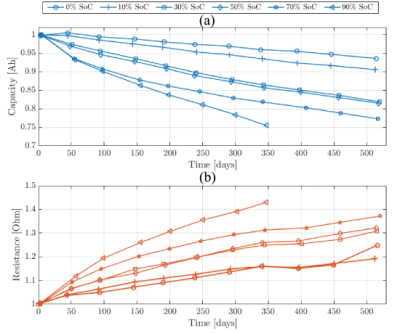Source: Hack a Day


With batteries being such an integral part of smartphones, it’s little wonder that extending the period between charging and battery replacement has led to many theories and outright myths about what may affect the lifespan of these lithium-ion batteries. To bust some of them, [HTX Studio] over on YouTube has spent the past two years torturing both themselves and a myriad of both iOS and Android phones to tease out some real-life data.
After a few false starts with smaller experiments, they settled on an experimental setup involving 40 phones to investigate two claims: first, whether fast charging is worse than slow charging, and second, whether limiting charging to 80% of a battery’s capacity will increase its lifespan. This latter group effectively uses only 50% of the capacity, by discharging down to 30% before recharging. A single control phone was left alone without forced charge-discharge cycles.
After 500 charge cycles and 167 days, these three groups (fast, slow, 50%) were examined for remaining battery capacity. As one can see in the above graphic for the Android group and the similar one for iOS in the video, the results are basically what you expect. Li-ion batteries age over time (‘calendar aging’), with temperature and state-of-charge (SoC) affecting the speed of this aging process, as can be seen in the SoC graph from an earlier article that we featured on built-in batteries.
It seems that keeping the battery as cool as possible and the SoC as low as possible, along with the number of charge-discharge cycles, will extend its lifespan, but Li-ion batteries are doomed to a very finite lifespan on account of their basic chemistry. This makes these smartphone charging myths both true, but less relevant than one might assume, as over the lifespan of something like a smartphone, it won’t make a massive difference.

